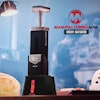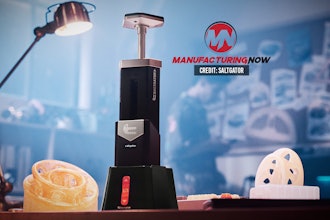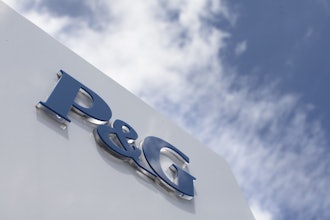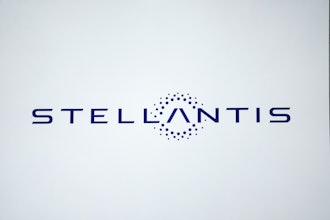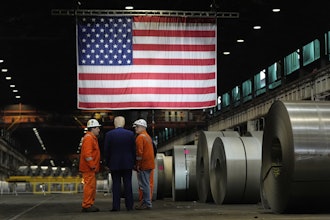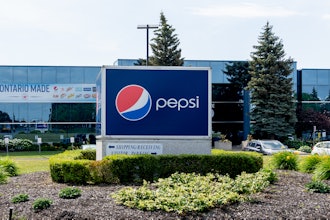Roger Saba has worked in the industrial automation field for the past 20 years as a designer and manager of sensing products. For the past decade, he has been at Turck, a leading manufacturer of products designed for factory and process automation industries. In his role as the senior product manager of instrumentation, he steers the company’s flow, pressure, temperature, and level product portfolio, working closely with the design of new products to meet application requirements. CHEM.INFO asked Saba to share his thoughts on the major issues involving flowmeter technology today.
Q: What is today’s most important trend regarding flowmeters?
A: Miniaturizing is a key trend in the market today. Modern innovations in electronics have increased the intelligence used in flowmeters, as well as lead to significant advances in traditional flowmeter technology used in vortex, thermal, and magnetic inductive flow meters. Generally, increased technological capabilities help to decrease the device’s size. Most manufacturers are focusing on making the flowmeter smaller and capable of doing more.
Q: What is the most common mistake made when selecting a flowmeter?
A: Customers choosing the wrong device for their application. Manufacturers and distributors need to consider what type of flow sensor customers really need for their application. A flow monitor detects flow within a targeted range while flowmeters are used to measure flow at a more precise tolerance. While flowmeters provide accurate quantitative readings, flow monitors are less expensive and work just as well for applications which aren’t as demanding. The difference can be seen through a game of darts. While a flow monitor can hit the dartboard every time, the flowmeter will always hit the double bull’s-eye. Many times you see customers using a meter in a monitoring application, or worse, taking a sensor designed to monitor flow and putting it into a controlling scenario when the accuracy is not good enough.
Q: What is the most common mistake made when using a flowmeter?
A: The most common mistake I see occurs when the customer does not know their fluid properties well enough. For instance, isopropyl alcohol is often used in food and beverage packaging applications to sterilize packaging materials before adding the food. When used in low concentrations, isopropyl alcohol often gets bubbly, which causes havoc with most sensing technologies. For example, with volumetric flow sensors, air bubbles interfere with measurements, providing inaccurate flow readings. Additionally, in thermal flow applications, air bubbles can surround the temperature sensor, once again creating inaccurate readings.
Q: What innovation is shaking up the world of flowmeters?
A: Traditionally, the design and construction of flowmeters has been split between the factory automation sector and the processing side. New advances in technology and the competition between these fields have resulted in both sides trying to take their product and tweak it to fit into the other’s world. The factory automation sector is developing more accurate products for the processing sector, and, on the flip side, the processing sector is developing lower cost products for the factory sector.
While a flow monitor can hit the dartboard every time, the flowmeter will always hit the double bull’s-eye’

